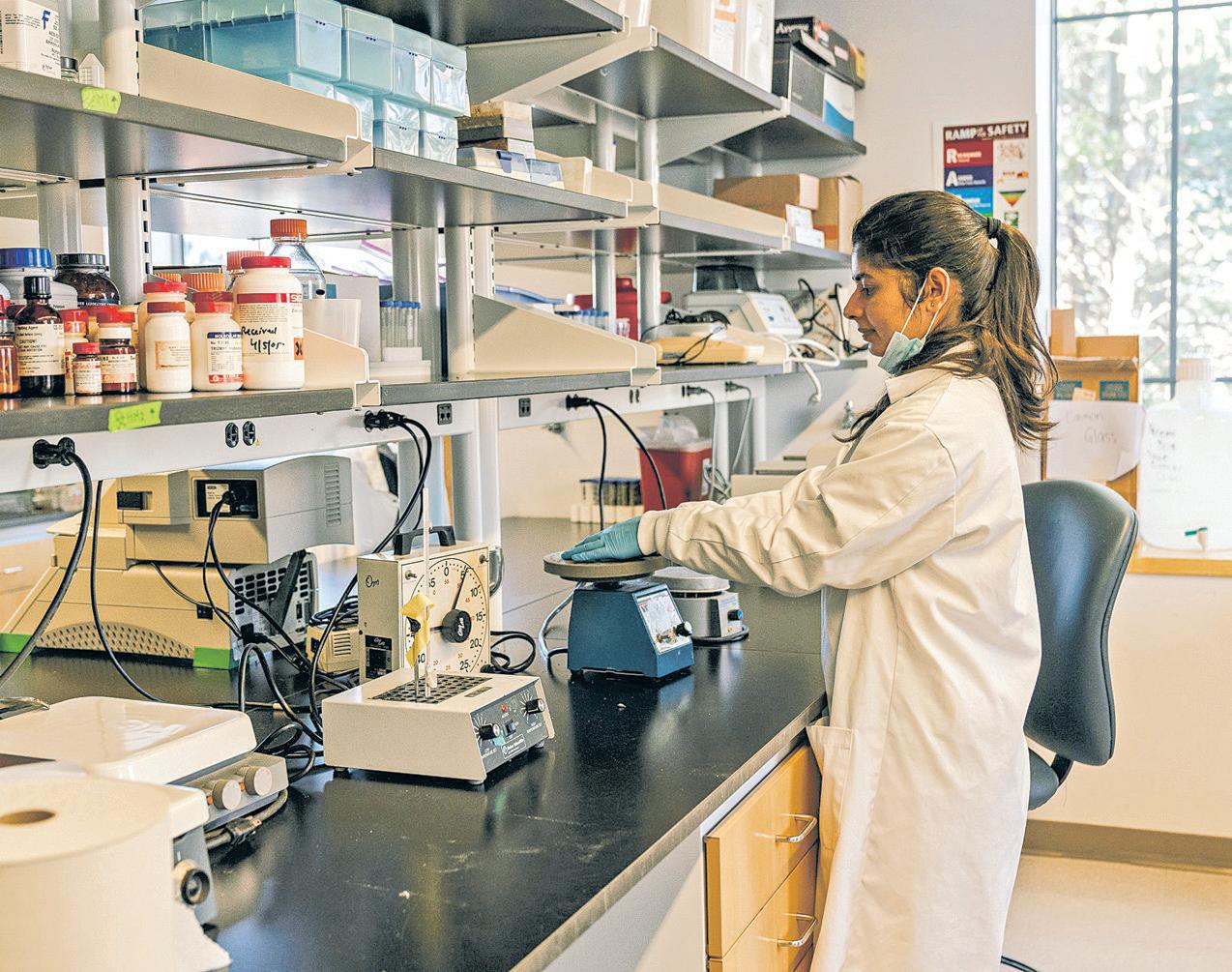
Worries about China's domination of critical minerals are driving Western scientists and companies to embark on increasingly novel ways to develop alternative sources.
One such effort seeks to exploit a quirk of nature: Certain plants, called hyperaccumulators, absorb large quantities of minerals, like nickel and zinc, from the soil.
Cultivating these plants, and then incinerating them for their metal, could provide U.S. companies with a small stream of domestically sourced minerals without the expense and environmental destructiveness of conventional mining.
"When we're in this intense competition we do have to think about alternative methods," said Evelyn Wang, the former director of ARPA-E, an Energy Department agency that is dispensing $10 million to find ways to make nickel farming feasible in the U.S. "It is a technological white space that potentially could be transformative." At a greenhouse in Amherst, professors are using the funding to undertake gene editing to build a new fast-growing, nickel-absorbing oilseed plant. If successful, the plant could be used to harvest the metal from mineral-rich soils in states such as Maryland and Oregon.
Meanwhile, an American startup called Metalplant is paying a dozen farmers in Albania to farm nickel using a local plant species. The company is editing the genes of those plants to adapt them to the U.S.
"This could shift how we think about mining in the future," said Eric Matzner, the company's chief executive.
Some 10 million acres of barren, nickel-rich soil are scattered around the U.S. In such areas, concentrations of minerals are generally too low to justify large-scale mining but could offer opportunity for inexpensive nickel farming. In the case of nickel phytomining, as such efforts are known, the plants are dried and incinerated, leaving an ashy nickel concentrate. This concentrate can then be further purified and turned into battery-grade material.
This story is from the January 28, 2025 edition of The Wall Street Journal.
Start your 7-day Magzter GOLD free trial to access thousands of curated premium stories, and 9,000+ magazines and newspapers.
Already a subscriber ? Sign In
This story is from the January 28, 2025 edition of The Wall Street Journal.
Start your 7-day Magzter GOLD free trial to access thousands of curated premium stories, and 9,000+ magazines and newspapers.
Already a subscriber? Sign In
